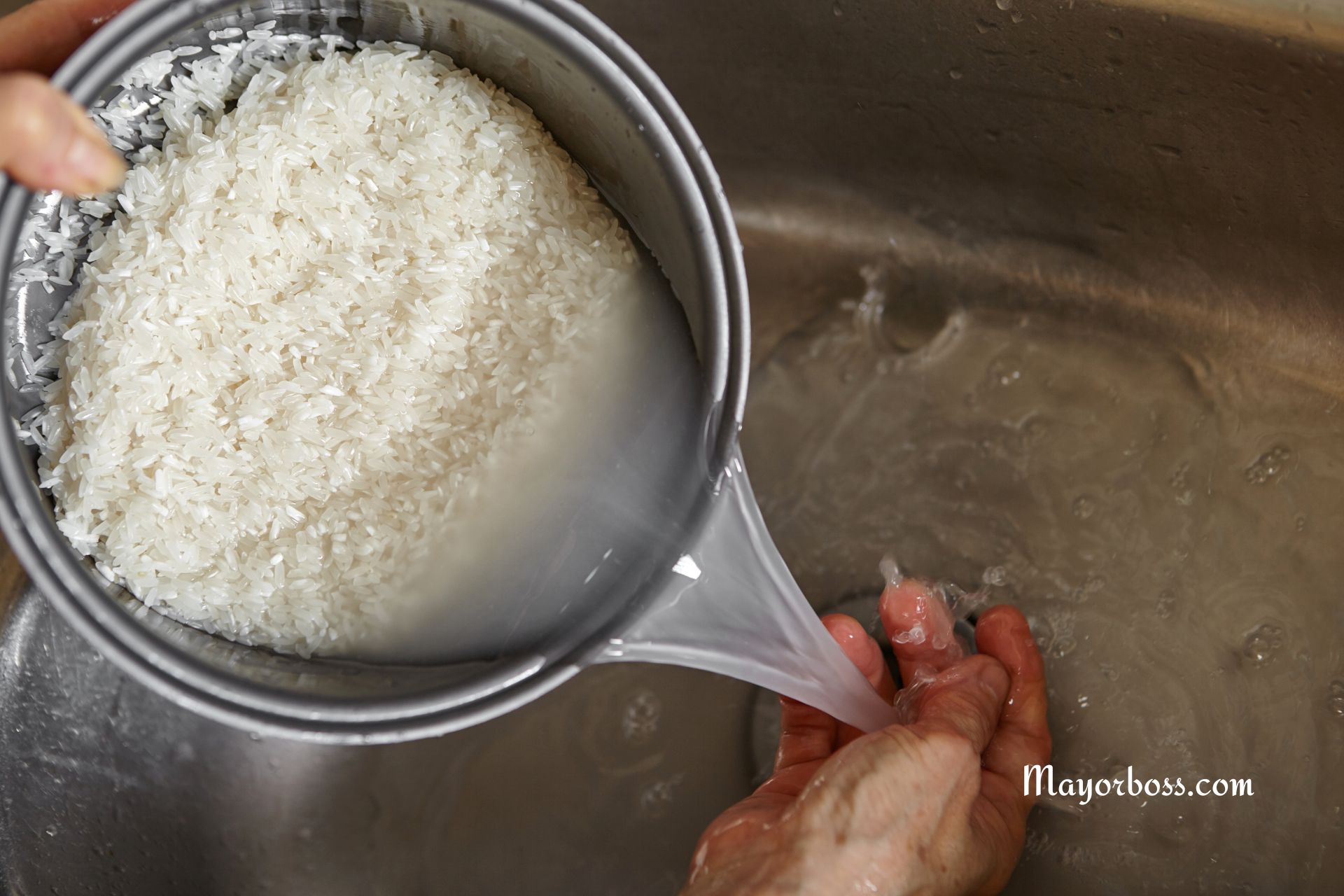Why You Should Always Wash Rice Before Cooking (And How)
Have you ever wondered if washing rice before cooking really makes a difference? Well, it does, and doing so can impact both the quality and safety of your rice dishes. In this article, we’re going to walk through the reasons why washing rice is a crucial step in your cooking process and provide a simple guide on how to do it effectively. By the end, you’ll see that taking a few extra minutes to wash your rice can lead to better-tasting and safer meals.

The Importance of Washing Rice
Removing Excess Starch
One of the primary reasons to wash rice is to remove surface starch. When rice cooks, the excess starch on the surface can cause the grains to stick together, resulting in a gummy texture. If you prefer your rice to be fluffy and separate, giving it a thorough rinse is essential. Additionally, washing helps to clear away any dust or debris that might have settled on the rice during packaging and transportation.
Reducing Arsenic Levels
Another crucial reason for washing rice is to reduce its arsenic content. Rice plants can absorb arsenic more readily than other crops, which can lead to higher levels of this toxic substance in the rice. Arsenic exposure over a long time can pose health risks. Rinsing rice can help to remove some of the arsenic, especially if you follow it up by cooking it in a larger amount of water.
Enhancing Flavor
Washing rice can also improve its flavor. By removing the excess starch and any potential impurities, the natural taste of the rice becomes more pronounced. You might notice that rice tastes cleaner and more authentic when it has been properly rinsed before cooking.
How to Wash Rice Effectively
- Measure and Add Rice to a Bowl: Start by measuring the amount of rice you need and placing it in a large bowl.
- Cover with Water: Fill the bowl with cold water until the rice is well covered.
- Swirl and Rinse: Use your hand to gently swirl the rice in the water. This action helps to loosen and remove the excess starch. You’ll notice the water becoming cloudy.
- Drain: Carefully pour off the cloudy water, being careful not to lose any rice. A fine-mesh strainer can be helpful here.
- Repeat: Fill the bowl with fresh water and repeat the rinsing process 2-3 times or until the water remains relatively clear. This indicates most of the excess starch has been removed.
- Final Drain: Once the water is clear, drain the rice thoroughly one last time. Your rice is now ready to be cooked according to your preferred method.
Tips for Best Results
- Use the Right Amount of Water: When adding water to rinse the rice, make sure there is enough to cover the grains completely. This ensures all the rice comes into contact with the water for a thorough rinse.
- Be Gentle: While swirling the rice, be gentle to avoid breaking the grains, which can result in a mushy texture after cooking.
- Consider Soaking: For some types of rice, like basmati, soaking after rinsing can enhance the texture and flavor of the cooked rice. If you choose to soak, 30 minutes is usually sufficient.
By incorporating these simple steps into your cooking routine, you ensure that your rice dishes are not only safer and healthier but also taste better. Now, let’s answer a few common questions about washing rice.
Frequently Asked Questions
1. Does washing rice remove nutrients? While washing rice can remove some water-soluble nutrients like B vitamins, the benefits of washing, such as removing excess starch and reducing arsenic, often outweigh the potential nutrient loss.
2. Can I wash rice in a rice cooker? It’s best to wash rice in a separate bowl before adding it to your rice cooker. This prevents the starch from sticking to the rice cooker and ensures a thorough rinse.
3. How much water should I use to cook rice after rinsing? The amount of water needed may slightly decrease since the rice has absorbed water during rinsing. A general guideline is to use a 1:1.5 ratio of rice to water for white rice and 1:1.75 for brown rice, but adjustments may be necessary based on your preferences and the type of rice.
In conclusion, washing rice before cooking is a simple yet effective step to enhance the quality of your rice dishes. By removing excess starch, reducing arsenic levels, and improving flavor, you elevate your meals with minimal effort. Give it a try, and you’ll notice the difference in your next rice dish.
